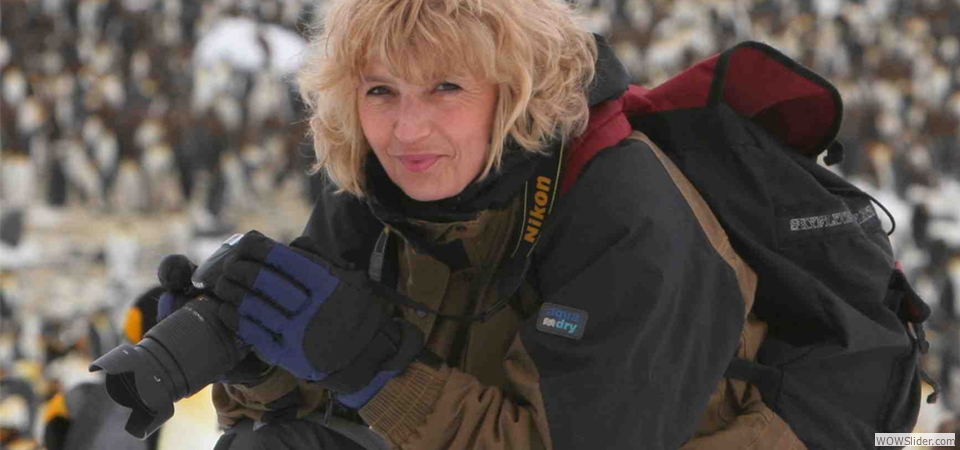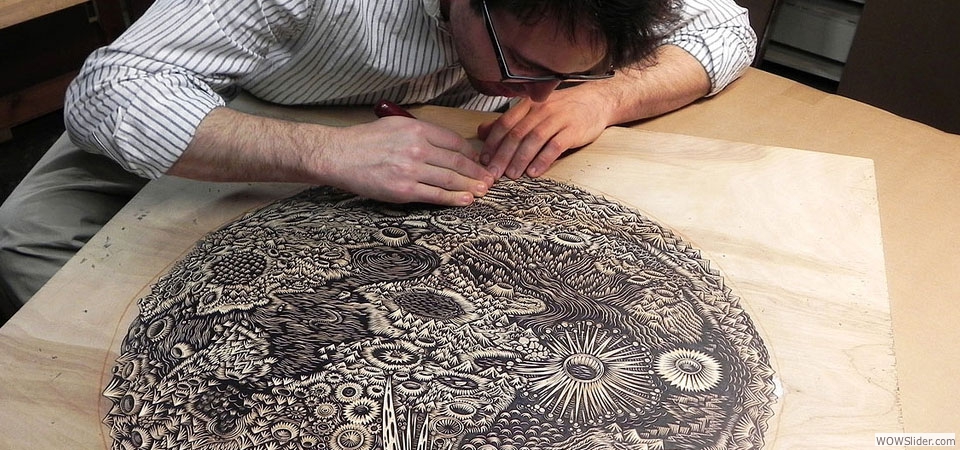What is Printmaking?
Printmaking is the process of producing “multiple originals” of an original artwork on to a support surface. Printmaking as a fine art is not the same as “making prints;" mechanical reproductions of artwork through an ink jet printer.
Instead of manufacturing duplicates, the artist creates more than one original print from a single original surface or a matrix. Matrices can be made of copper, zinc, stone, blocks of wood, linoleum, fabric, or other materials. The images are then reproduced on paper, fabric, parchment, plastic, or other support surfaces through a process of printing. Monotyping follows a similar process but produces only one unique print.
The notion of printmaking can be traced back to the earliest stencils on cave walls. Later on, around 500 BC, Japanese artists created stencils using paper and human hair. Woodcutting appeared in China as early as the fifth century AD. The arts that comprise printmaking such continued to evolve mostly in Asia and Europe throughout the following centuries. They have become important to both industry and artistic experiment in the past century. Some of the recognizable names in art history were fine printmakers, such as Rembrant , Andy Warhol , Henri de Toulouse-Lautrec , and hundreds of others.
A print is a work of art made up of ink on paper and existing in multiple examples. It is created not by drawing directly on paper, but through an indirect transfer process. The artist begins by creating a composition on another surface and the transfer occurs when a sheet of paper, placed in contact with this surface, is run through a printing press. Among the advantages of making an artwork in this way is that numerous “impressions” [or prints] can be made, because new pieces of paper can be sent through the press in the same way. The artist decides how many to make and the total number of impressions is called an “edition.”
Various printing methods have evolved over the long history of the medium. The four best-know techniques are silk screening, intaglio , wood cutting , and lithography. Depending on what as artist wants to express in a particular work, one or another techniquie is chosen for its distinct visual effects. [They can also be combined for specific visual interest] Since the processes are sometimes complicated, the assistance of an expert printer is often required.
Have I caught your interest yet? If so, explore the website to learn a little more about printmaking and all that it encompasses.




